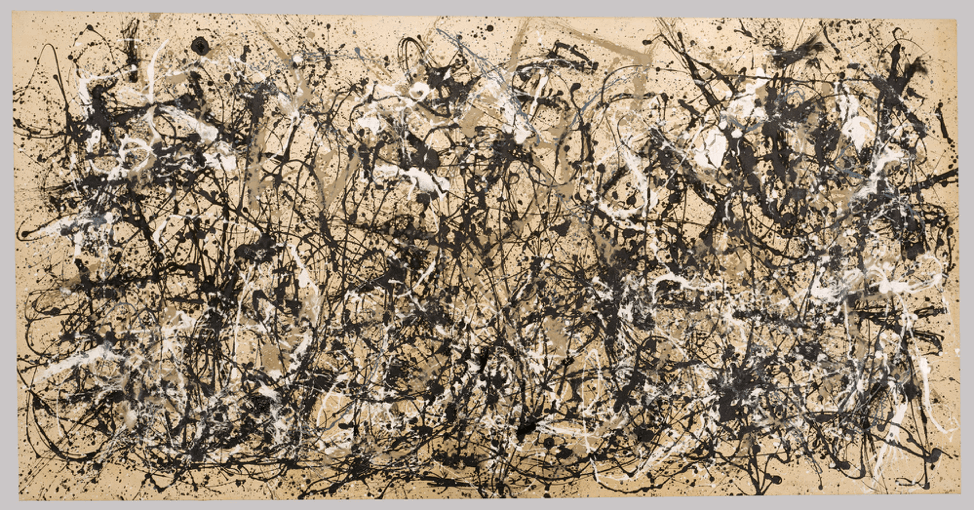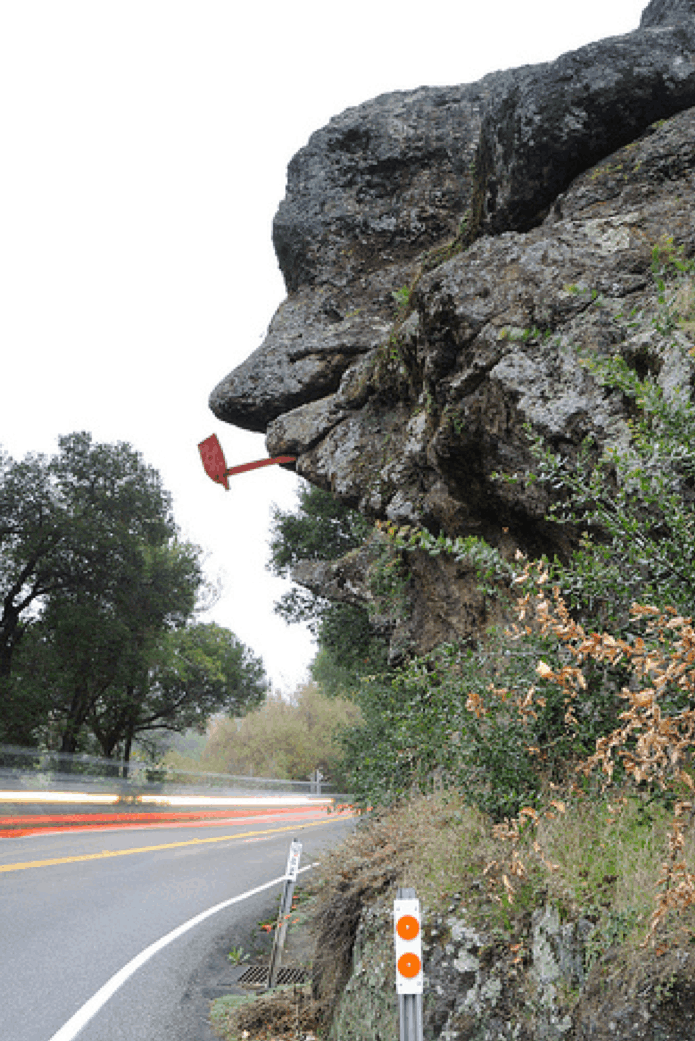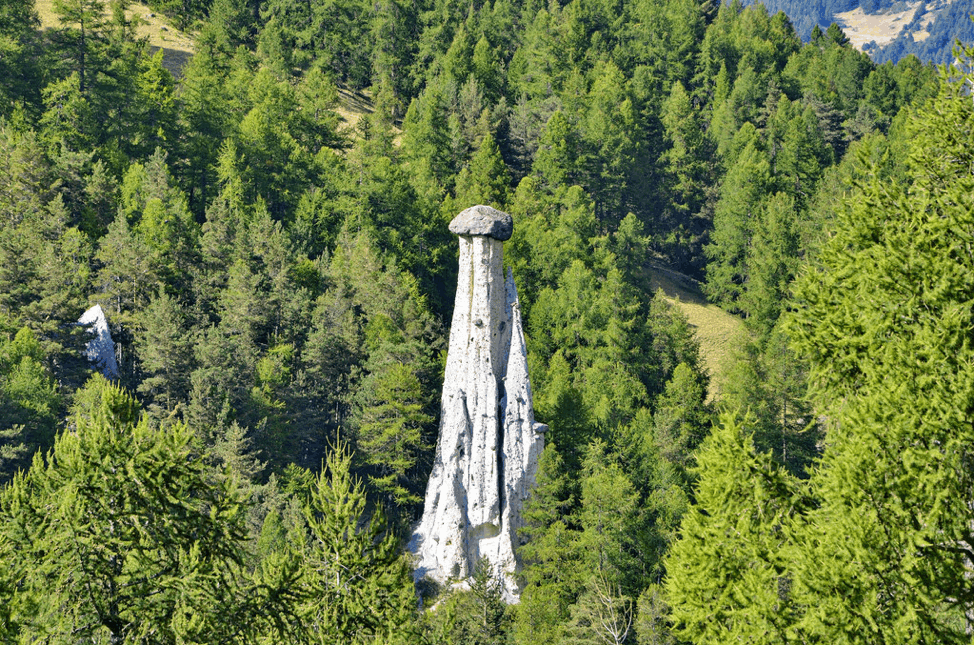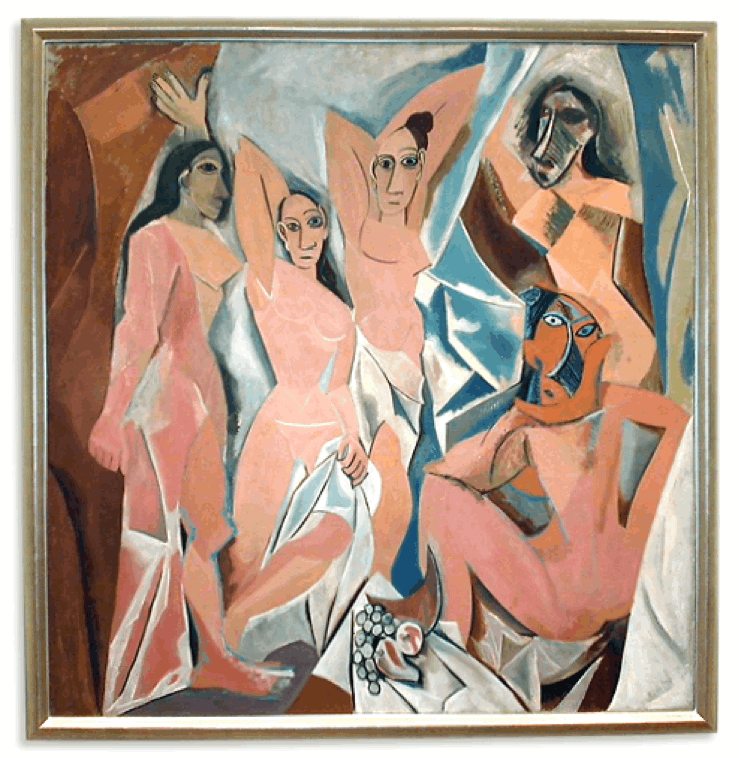

Autumn Rhythm Jackson Pollock
https://www.metmuseum.org/toah/works-of-art/57.92/
Like a rasp to my sense of decorum the statement is predictable and determined, "You could do that!" This disrespectful, unsolicited observation is the volted trigger sending me dodging to the door.
I love to share the discovery of paintings. I fixate on the details where the painters fussed or were hasty, and I feel connected to both the process and the painter. My son connects images to lore and conjectures artistic and political influences. His depth of knowledge makes me aware of my limits, and my inability to thoroughly explain art to companions.
Paintings in museum collections have stories that can be sleuthed by asking questions and by reading the captions on the walls. "Why did he or she paint this?" "What historical period/social background shaped the artist?" "What pigments and materials were available to the artist?" "Why might the artist choose to simplify a subject and paint its essentials rather than its details?"
The doubters of abstract art are often the admirers of realism in painting. When so many are attached to the technical skills of the old masters, how can I explain what takes my breath away about shapes and lines? The luminous beauty of glazes does not warrant a rejection of abstraction.

photo credit Tom Spaulding
http://tspauld.blogspot.com/2010/11/napas-old-man-rock-on-monticello-road.html
Nature's sculptures are a bridge to understanding abstracted art. When we anthropomorphize creations of nature, we are accepting abstract art. In my native Napa a rock with a pipe in its mouth looms over the highway to Lake Berryessa. This rock looks like a man, so someone clarified that to all the drivers by inserting a form shaped like a pipe into the crevice that represents the mouth. If a rock that looks like a man can represent a man, a painting of a rock can represent a man. An artist can give that rock characteristics such as solidity, age, anger and loneliness.

Queyras, Hautes Alpes- Yvon Maurice Flickr
https://www.flickr.com/photos/19787482@N04/8403862318
In the South of France on the road between Gap and St. Véran a rock stands alone in a gorge. This rock looks like a very tall, elegant mushroom. The stem has eroded the waist to its slender stretch, while the head remains proud, plump and rounded. In the US we call these rock formations hoodoos or fairy chimneys. In France they are known as Les Demoiselles Coiffées, or The Young Maidens With Hairdos. This label reveals the acceptance that rocks with elegant statures and jagged tapers are accepted as representations of young women, even though they hardly resemble any woman.

Les Demoiselles Coiffées
https://provence.emotional-escapes.com/properties/l/location-32-ventoux-bedoin-bedoin-rentals
Near the town of Bédoin in Les Baux, not far from Avignon, five demoiselles coiffées stand together. They are beautiful, seductive, solid and human. The same words can be used to describe five women painted in a similar palette. Les Demoiselles D'Avignon by Pablo Picasso similarly groups five women in a matching order of heights (tall-short-tall-short-tall). Pablo Picasso does not lose himself in the details of each woman's face, and risk masking her character. Instead, he portrays only the essentials: these are mysterious women holding poses and gazing steadily, perhaps wantonly. Picasso does not assign them expressions and tell the story. These women summon the viewer to engage.

Les Demoiselles D'Avignon
https://www.moma.org/explore/conservation/demoiselles/history.html
Visiting the demoiselles near Bédoin and elsewhere gives the countryside an historical context which can apply to Picasso's painting. These formations have stood for ages, perhaps eons; they are living evidence of erosion and the geological past. They are loved as a connection to a time when the sea, level with the head of the demoiselle receded through the rocky landscape before the gorge formed.
Picasso originally called this painting Le Bordel D'Avignon, referring to a brothel on a street in Barcelona named for Avignon. His depiction of these prostitutes as bold, enduring, and masked shocked 1907 Paris. Comparisons are made to Matisse, Cezanne and African sculpture, but my connection formed upon the discovery of the majestic demoiselles coiffées of Bédoin. More than photography, more than realism, Picasso shows his perception of these graceful, enduring figures through the rendered solidity, independence and inaccessibility of these women. Regardless of the skills needed to imitate Picasso, a sensibility for images as emotions is necessary. This is what Picasso had, and by stepping into the world of the artist and looking a little longer, we can strive to find our own expressive images.
Links:
Queyras, Hautes Alpes- Yvon Maurice Flickr
https://www.flickr.com/photos/19787482@N04/8403862318
Alpes Cote D'Azur
http://www.journalistes-patrimoine.org/article_diaporama.php?id=151
Les Demoiselles D'Avignon
https://www.moma.org/explore/conservation/demoiselles/history.html
https://provence.emotional-escapes.com/properties/l/location-32-ventoux-bedoin-bedoin-rentals
photo credit Tom Spaulding
http://tspauld.blogspot.com/2010/11/napas-old-man-rock-on-monticello-road.html
Les Demoiselles D'Avignon Pablo Picasso
https://www.pablopicasso.org/avignon.jsp
Autumn Rhythm Jackson Pollock
https://www.metmuseum.org/toah/works-of-art/57.92/